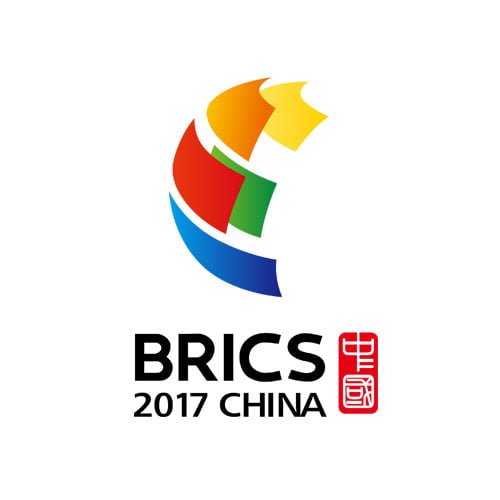
BRICS +
BRICS GROUP
At the end of 2001, a Goldman Sachs study made a big impact by stating that Brazil, China, India and Russia – the BRICs – could be among the most important economies on the planet by 2050. Just two years later, a new study claimed that, in 40 years’ time, the four economies as a whole could overtake the G6 economy. Since then, developments seem to confirm, if not surpass, the 2001 forecasts.
On June 16, 2009, the leaders of the BRIC countries held their first meeting in Yekaterinburg, Russia. At the end of the meeting, they issued a declaration calling for the establishment of a multipolar world order and the reform of the global financial system. Since then, the group has taken steps to increase its political cooperation, holding annual summits, as well as various meetings at sub-national level, such as meetings between development banks, statistics institutes and health ministries./vc_column_text]
During the second summit, held in Brasilia from 15 to 16 April 2010, the group suggested a new voting system at the World Bank, as well as a reform of the International Monetary Fund (IMF) and a series of cooperation agreements in order to facilitate the financing of projects among members. The development banks of each of the BRIC countries committed themselves to collaborate in the creation of new ways to encourage the granting of credit among them. In 2011, with the admission of South Africa as a full member, the group was renamed BRICS.
Over the last few years, BRICS has remained an informal coordination mechanism, its presidency rotating among its members. Its work has traditionally centered on three pillars:
1) politics and security;
2) economics and finance; and
3) P2P (“people-to-people”), or civil society.
BRICS is currently composed of eleven member countries: its five original members – South Africa, Brazil, China, India and Russia – and six new members – Saudi Arabia, Egypt, the United Arab Emirates, Ethiopia, Indonesia and Iran.


